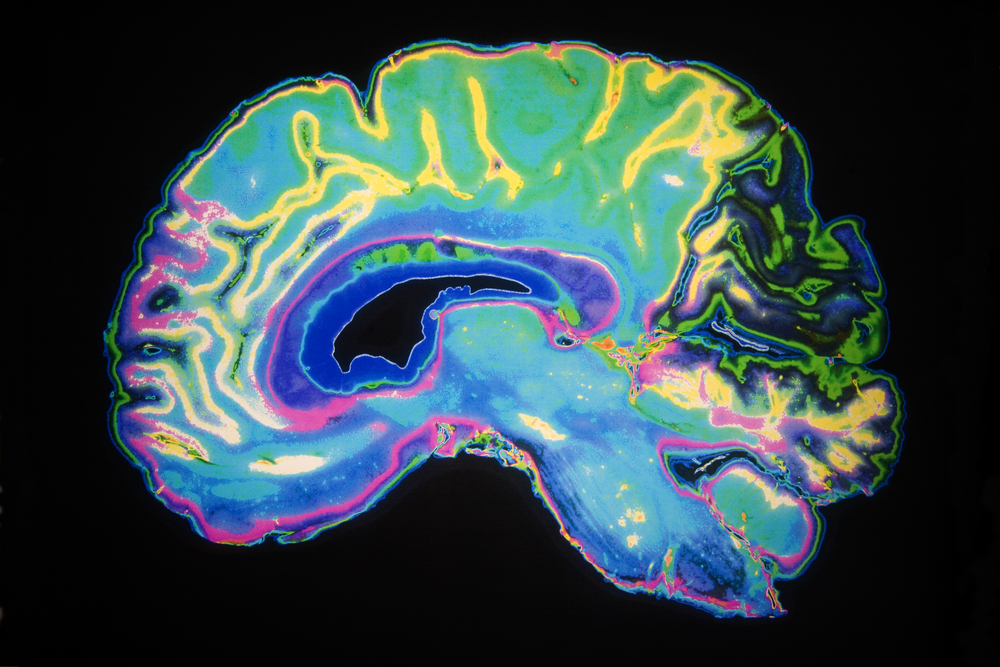Study on Differing Brain Activity Levels in Men, Women Has Implications for Alzheimer’s Research
Written by |

A functional brain imaging study led by scientists at the Amen Clinics in Newport Beach, California, has qualified differences between women’s and men’s brains with relevant findings for Alzheimer’s disease research.
The study, “Gender-Based Cerebral Perfusion Differences in 46,034 Functional Neuroimaging Scans,” appeared in the Journal of Alzheimer’s Disease.
Understanding gender difference in brain activity could help explain why certain brain disorders affect men and women differently. Women have significantly higher rates of Alzheimer’s, for instance, as well as anxiety and depression — which itself is thought to be a risk factor for Alzheimer’s.
Researchers found that women’s brains were significantly more active in many more areas of the brain than men’s, especially in the prefrontal cortex, which is involved with focus and impulse control, and in the limbic areas of the brain, which deal with emotion, mood and anxiety.
On the other hand, the brain’s visual and coordination regions were more active in men.
“This is a very important study to help understand gender-based brain differences,” Dr. Daniel G. Amen, lead author, psychiatrist and founder of Amen Clinics, said in a press release. “The quantifiable differences we identified between men and women are important for understanding gender-based risk for brain disorders such as Alzheimer’s disease. Using functional neuroimaging tools such as SPECT [single photon emission computer tomography] are essential to developing precision medicine brain treatments in the future.”
The study included 119 healthy volunteers and 26,683 patients with a variety of psychiatric conditions like brain trauma, mood disorders or attention deficit hyperactivity disorder (ADHD). In total, 128 brain regions were analyzed at baseline and while performing a concentration task.
This study — the largest functional brain imaging study to date — compared 46,034 SPECT imaging studies from nine clinics to measure blood perfusion in the brain. Images were acquired at rest or while performing vigorous cognitive tasks, to show different blood flow in specific brain regions.
The authors believe their findings could help explain why women tend to show more empathy, intuition and collaboration. The study also found greater blood flow activity in limbic areas of the brain in women, which could be why women suffer more from insomnia, depression and eating disorders.
“Precisely defining the physiological and structural basis of gender differences in brain function will illuminate Alzheimer’s disease and understanding our partners,” added George Perry, editor-in-chief of the Journal of Alzheimer’s Disease.
In February 2015, researchers at Israel’s Tel Aviv University found a mutation in a specific neuroprotective protein, called ADNP, which had different expressions in men and women. That study,“Activity-dependent neuroprotective protein (ADNP) exhibits striking sexual dichotomy impacting on autistic and Alzheimer’s pathologies,” added new insights into what was known about the etiology of Alzheimer’s, suggesting that ADNP had a neuroprotective effect and was decreased in the serum of Alzheimer’s patients.
ADNP was found to be expressed differently in men and women, implying that men and women have significant differences in their risk of developing certain diseases.





